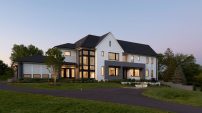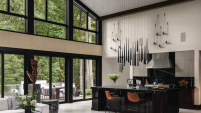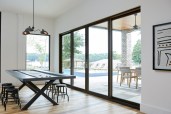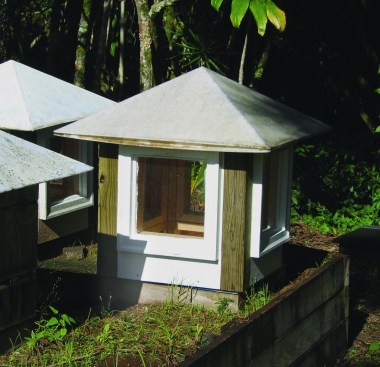
What should a residential architect be most concerned with? Threats to the home from fire, flood, or wind?
The answer: None of the above.
Experts say the biggest risk is termites. Especially one spectacularly destructive breed, the Formosan subterranean termite. The Formosan termite is believed to account for 90 percent of all U.S. termite damage, now running in excess of $5 billion annually. The Formosan termite represents a grave problem that pest control specialists have no easy way to combat.
What can you do? Specifying termite-resistant building products is a start. But no designer wants to sacrifice aesthetics in the name of termite control, especially if wood is a design element. That’s why one respected wood window maker journeyed to one of the most heavily-infested termite spots on the planet to prove a point.
Next Stop: Hawaii
Welcome to the Big Island of Hawaii, where the rain falls like few other places on earth. The Big Island’s lush rain forests supports massive Formosan termite colonies. If you’re looking to test the termite-stopping power of wood, this is the place.
“One of the wood window tests we did was in Hilo, Hawaii, located on the Big Island,” explains Jennifer Matson, wood window product line manager for JELD-WEN, a leading global building products manufacturer based in Charlotte, N.C. “We built a pair of little structures resembling a child’s playhouse. We outfitted one mini-house with a standard wood window purchased at the local lumberyard and the other one with a window made from our AuraLast Wood.”
“Both structures were outdoors for 18 months. Both buildings were also placed on top of active termite colonies,” she said. A typical Hawaiian Formosan termite colony numbers more than 2 million insects, with large ones topping 10 million. It is “by far the most economically damaging pest in Hawaii,” according to University of Hawaii entomologists.
Surprising Result
AuraLast Wood is treated differently than other window wood, so that intrigued JELD-WEN researchers. Instead of dipped into a vat of harmful chemicals, as is typically done, wood in the AuraLast process undergoes a surface-to-core treatment through a proprietary vacuum/pressure process. This environmentally safe, water-based application fortifies wood to the core. Any window penetration, say by sanding or nailing, does not expose untreated wood.
But would that be enough?
“The wood structures were reduced to spongy shards in a few months. The termites went through shingles, concrete, everything to get to the wood. Nothing stopped them except AuraLast Wood. All the AuraLast windows needed was a wipe-down and paint. Otherwise they were fine. No rotting, water swelling, or termite damage of any kind,” reports Matson.
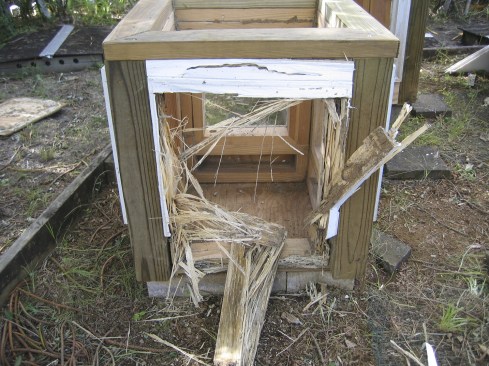
A generic wood window is no match for Hilo’s termites
Confident Choice
Matson says AuraLast Wood windows, patio doors, and door frames have been in the market for over 10 years, representing “millions of windows in the market.” For residential architects, home builders, remodelers, and owners looking to confidently specify a wood window that stands up to termites and moisture like no other, it may make sense to look West … way West … and keep the lessons of Hawaiian deluges and termite swarms in mind. To learn more, visit here.
